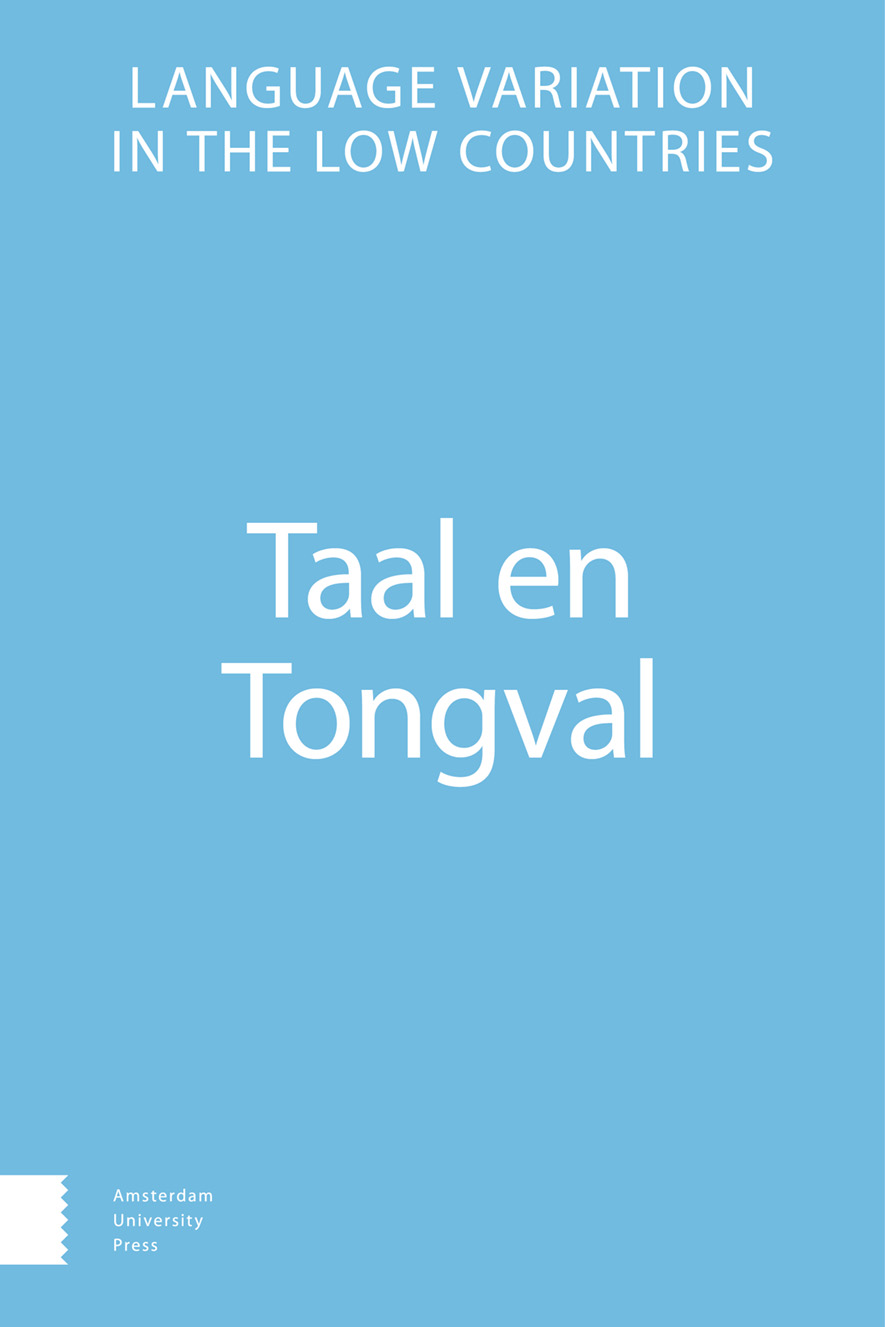-
oa Werkwoordvormen in de zuidelijke Nederlandse dialecten: stamkeuze, werkwoorduitgangen en fonologische aanpassingen in de stam. Analyse en beschrijving op basis van het RND-materiaal, deel III. 2 ev/mv – 3 ev.
- Amsterdam University Press
- Source: Taal en Tongval, Volume 63, Issue 2, Jan 2011, p. 229 - 280
Abstract
This is the third article on endings in verb forms in the southern Dutch dialects (cf. also De Schutter 2008, 2010). It is concerned with the 3rd p. singular and the 2nd p., both singular and plural. But for a very small number of ‘irregular’ verbs, all present tense forms had the same ending (coronal obstruent) for 3rd p. sing. and 2nd p. pl. in Old Germanic, and this carried through to all modern southern dialects of Dutch. Moreover, in most of those dialects 2nd p. sing. merged with 2nd p. plural, which brings the total of similar forms to three. In preterits 3rd p. sing. had, originally, zero ending, 2nd pl. had the same coronal obstruent as was found in the present. In most southern dialects a levelling out has taken place, with zero endings in ‘weak’ preterits both for 3rd sing. and 2nd sing./pl. ‘Strong’ preterit forms have sometimes preserved the original divergent forms, though levelling is found frequently. One complicating factor with the category of strong preterits is the original opposition between the short singular preterit stem form, and the long plural form in some classes of strong verbs. The opposition may have been preserved even if the endings merged, but the other way round (merging of stems, persistence of endings) also occurs. All this leaves us with a dazzling variety of verb form paradigms. This study provides an overview of the geographical distribution of all possibilities, and tries to offer at least a partial explanation. The original coronal ending developed in a variety of ways, depending on such factors as the character of the verb stems (ending in consonant or vowel) and the successive application of several tendencies, such as voicing, weakening/strengthening of articulation, and deletion. We try to get hold of geographical patterns emerging from these developments in sections 2 and 3, treating consonantal and vocal stems respectively. Though the specific forms for either 3rd or 2nd p., or for either singular or plural 2nd p. are rather rare, considering the bulk of verbal forms, they deserve our interest, because they show a variety of interactions: interchange of specific forms as well as specific evolutions on account of either attraction by general patterns or alienation from these. These phenomena are discussed in section 4. As was the case with two preceding articles, the systematic discussion is restricted to data from the Reeks Nederlandse Dialectatlassen, which represents language use in the second and third quarters of the 20th century. It is further limited to the usage in non-inverted word order, barring interesting cases like ‘(dan) kom je = *(then) come you , ‘then you come’).


